Labia anxiety is growing amongst women – here's why
It's one of the fastest-growing cosmetic procedures

Lifestyle
Don't miss out on the headlines from Lifestyle. Followed categories will be added to My News.
Devastating new research has revealed the true extent of a growing problem among Australia’s young women. Here’s what you need to know.
It's an issue that’s stopping more than four in 10 from seeing a GP for a pap smear and more than six in 10 from having sex. It's an issue that for 57 per cent of women is affecting their mental health.
And that's anxiety about how their labia looks, with 23 per cent of Gen Z feeling anxious, embarrassed or unhappy about the appearance of their vulva’s outer lips. While more than a third associated their private parts with negative words such as weird, disgusting or ugly.
The new report by Women’s Health Victoria (WHV) surveyed more than 1,000 people with labias aged between 18 and 50 years old.
It found that, worryingly, one in 10 respondents had had or had considered having labiaplasty – a surgery to remove or alter the tissues from the labia and one of the fastest-growing cosmetic procedures among young people in the world. That’s the equivalent of more than half a million women.
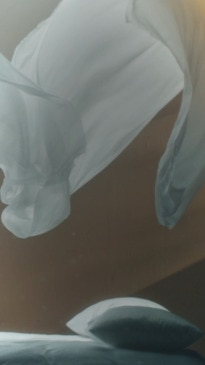
How did we get to this point?
There are a few different factors that have led to increasing labia shame, according to Kate Johnston-Ataata from WHV.
“One of them is the fashion trend for the removal of public hair, which has become more common in the last decade or two,” she tells Body+Soul.
“Obviously once the hair is removed, you can see everything, and so sometimes people might be surprised [at how they look] because the last time they looked, they were like a child and puberty changes the appearance of your labia quite a bit.”
Then there’s the fact that there’s not much good information out there about what a ‘normal’ labia looks like.
“And that vacuum is filled by unrepresentative images,” Johnston-Ataata explains.
“Whether that be fashion that’s very revealing or tight fitting like swimwear, underwear or activewear where you can't really comfortably wear those kinds of clothing with larger labia, or online pornography which tends to position that very neat, tucked away appearance as being idealised.”
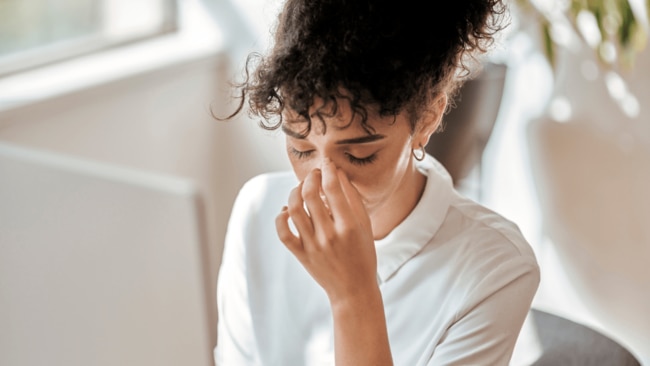
Not to mention it's highly likely that the performers’ labias have been airbrushed, filtered and even surgically altered, giving a very unrealistic image of what women’s bodies should look like.
Unfortunately though, porn – which is one of the most influential sources of misinformation on sex and body image – is where a lot of people get their information from, including almost one in five Gen Zs surveyed.
Then there’s what happens when you get caught up in advertisement for labiaplasty.
“The other thing people see online, particularly if they're worried about it, is that they might end up getting cosmetic surgery websites in their algorithm,” says Johnston-Ataata.
“These companies also position that neater version as more ideal, and they can make it sound like anything other than that is a problem or abnormal, which is not the case.”
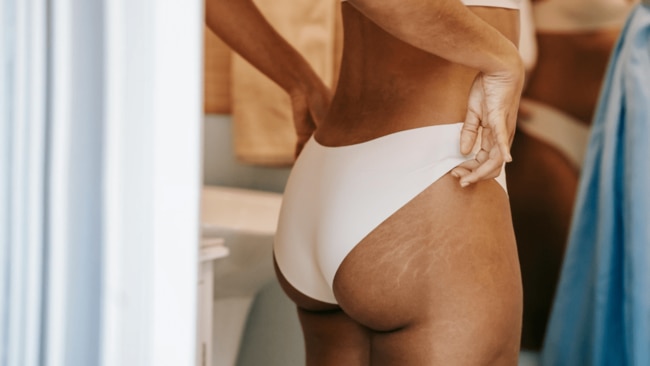
Normal comes in all shapes and sizes
The first step on the road to removing labia shame is understanding that “normal comes in all shapes and sizes”.
“Our faces are incredibly diverse and so are the rest of our bodies and the labia is no different,” Johnston-Ataata explains.
“Young girls and women are often just not aware of that, because they’re not getting that information through their sex ed or doctors or imagery online.”
She points out that labias can come in a variety of sizes, shapes, symmetries and skin tones.
“Research has found that more than half of people with vulvas have visible or protruding labia minora, which is the inner labia, and many people have labia that are asymmetrical and that's completely normal.”
So, how can we work to destigmatise the labia – which is actually an incredibly important body part in protecting the urinary opening, the vaginal opening and the all important clitoris for sexual pleasure – and spread the message that every labia is beautiful?
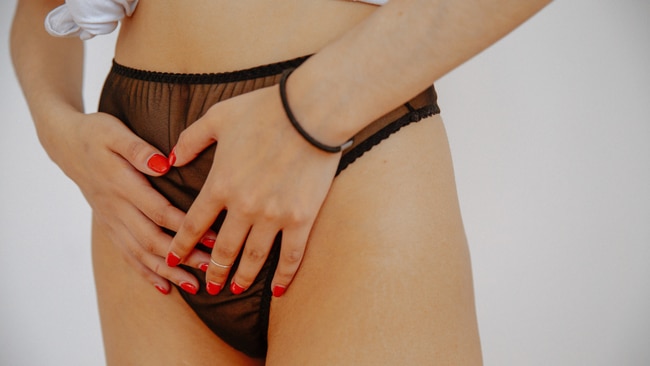
Visit the labia library
Updated and refreshed in celebration of its tenth birthday, is the WHV’s groundbreaking and glorious Labia Library of 104 unaltered and diverse photos of vulvas and labia.
“So there's 52 models with a front image of each and then a below image, and they’re not touched or filtered in any way,” says Johnston-Ataata.
“They're just realistic, diverse photos.”
She goes on to add that the Labia Library is not just about making people aware of the diversity, but celebrating that diversity as well by featuring women who have different skin colours and body shapes and who’ve been through different experiences, such as vaginal births and menopause.
“There's all kinds of different bodies,” Johnston-Ataata adds.
“And they're all perfect in their own way.”
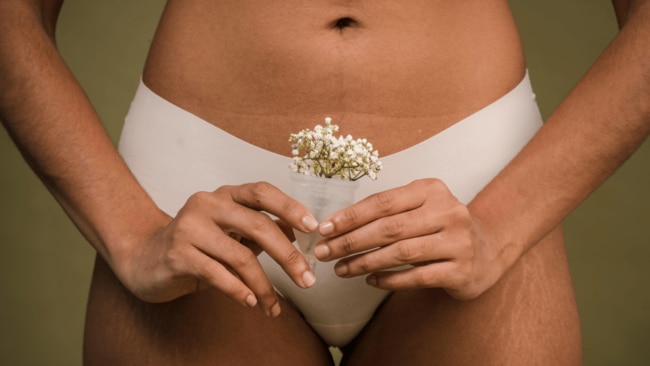
Seek diversity and support
The WHV is also calling for better education of Australian GPs on labia diversity to support patients about the appearance of their vulva, and more inclusive relationship and sexual education in schools.
It would also like to see faster progress on the Australian Government’s regulation of young people’s access to online pornography.
On an individual level though, after you’ve scrolled through the Labia Libray’s array of beautiful bodies, Johnston-Ataata says there are other things we can do to better shape our own views.
“If you're of an age where you are consuming pornography, just be aware that there is more diverse content out there and you can go search for that,” she says.
“And the other thing too, is if you have concerns, absolutely go see your doctor.
“And if they don’t seem to have much good knowledge about it, just shop around until you find someone who is comfortable discussing this and can give you good advice.”
More Coverage
Originally published as Labia anxiety is growing amongst women – here's why




